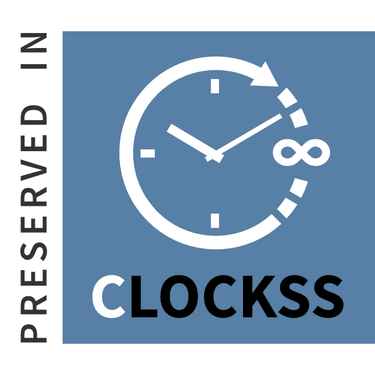Efficacy and Safety of Colonoscopic Band Ligation for Lower Gastrointestinal Bleeding due to Hemorrhoid
Abstract
Background: Lower gastrointestinal bleeding is a significant cause of morbidity and mortality. Hemorrhoids are frequently encountered cause of lower gastrointestinal bleeding in outpatient settings in Nepal. Rubber band ligation is one of the most important, cost-effective, and commonly used treatments for first to third-degree internal hemorrhoids. Colonoscopic Rubber band ligation provides enhanced visualization and maneuverability, improving safety and efficacy of Rubber band ligation compared to traditional Rubber band ligation methods. This study aimed to assess the safety, efficacy, and patient acceptance of Colonoscopic Rubber band ligation for lower Lower gastrointestinal bleeding due to hemorrhoids.
Methods: This study, conducted in a tertiary care center of Nepal over one year, explores the immediate, late complications, efficacy and treatment satisfaction of patients undergoing Colonoscopic Rubber band ligation for lower GI bleeding due to hemorrhoids.
Results: We included 28 among 108 patients presenting to the surgical outpatient department with Lower gastrointestinal bleeding. Symptoms of irritation, discharge, pain resolved in all patients at 3 months and that of bleeding and prolapse in 96.4% and 92% respectively. 75% were able to resume work the day after the procedure. Post-procedure complications were reported in 53.5% of cases. 78.6% of patients rated Colonoscopic Rubber band ligation treatment as “excellent help”.
Conclusions: Colonoscopic Rubber band ligation is feasible, safe and efficient for the treatment of symptomatic grade II hemorrhoids with most patients experiencing relief and high satisfaction. Further multicenter research with longer follow-up is needed to confirm long-term effectiveness.
Keywords: Colonoscopy; hemorrhoids; per rectal bleeding; rubber band ligation procedure.
Copyright (c) 2024 Pawan Sapkota Upadhya, Prajjwol Luitel, Sujan Paudel, Nischal Neupane, Shailesh Adhikary, Laligen Awale, Narendra Pandit

This work is licensed under a Creative Commons Attribution-NonCommercial 4.0 International License.
Journal of Nepal Health Research Council JNHRC allows to read, download, copy, distribute, print, search, or link to the full texts of its articles and allow readers to use them for any other lawful purpose. Copyright is retained by author. The JNHRC work is licensed under a Creative Commons Attribution-NonCommercial 4.0 International (CC BY-NC 4.0).












